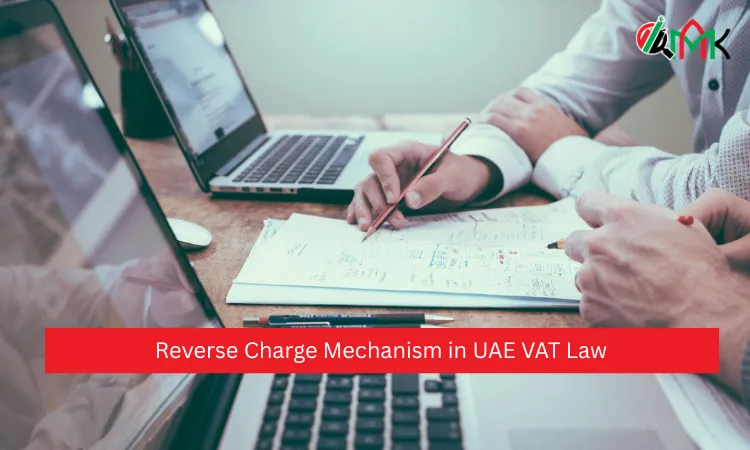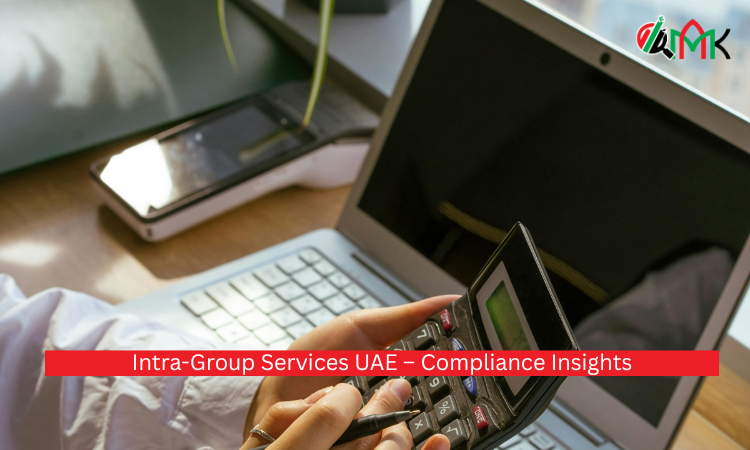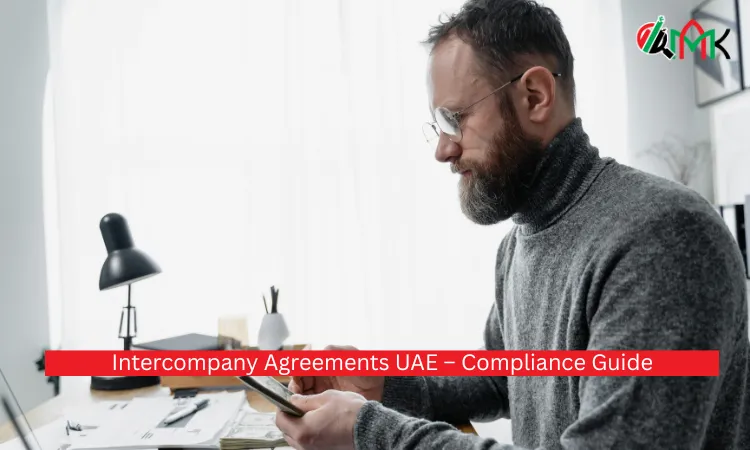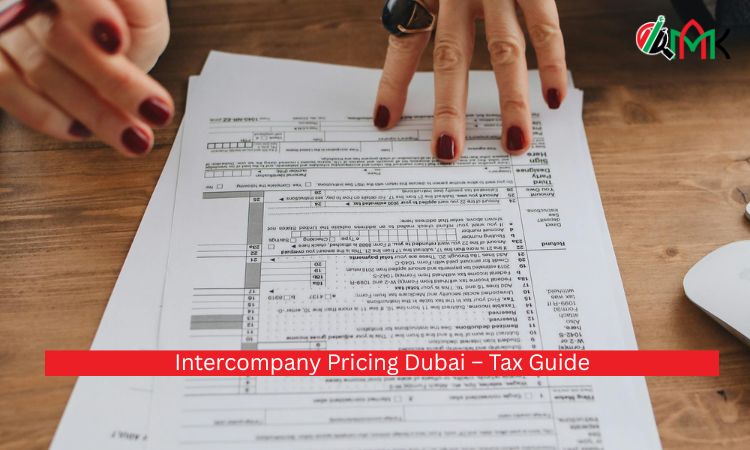🥇 Reverse Charge Mechanism in UAE VAT Law: Complete Guide
Understanding Reverse Charge Mechanism
The reverse charge mechanism stands as an important concept under UAE VAT law. Businesses must learn its rules because it changes who is responsible for paying VAT on some transactions. Usually, the seller collects and pays VAT to the Federal Tax Authority (FTA). However, with the reverse charge mechanism, when someone imports goods or services into the UAE, the responsibility for paying VAT shifts from the seller to the buyer.
Table of Contents
ToggleIf you import goods or services from outside the UAE, you’re responsible for calculating and paying VAT, not the supplier. At the same time, you may recover the VAT if you meet the normal conditions for input VAT recovery. This process is called the reverse charge mechanism, and it helps to ensure VAT gets paid on imports, not missed by unregistered foreign sellers.
Why Did UAE Introduce the Reverse Charge Mechanism?
The UAE government introduced the reverse charge mechanism to stop tax evasion and to keep the tax system fair for local suppliers. If a foreign supplier is not registered for VAT in the UAE, without the reverse charge, no VAT would be collected on their sales. When the responsibility for VAT moves to the recipient, it closes this gap and stops anyone from skipping VAT on imports.
Also, this rule protects local suppliers from unfair competition. If only outside suppliers could avoid VAT, buyers would prefer to deal with them and not local businesses. By using the reverse charge, the UAE government gives all suppliers a level playing field.
When Does the Reverse Charge Mechanism Apply in UAE?
You should use the reverse charge mechanism in these main cases:
- When you import goods or services into the UAE from another country
- When you buy crude oil, refined oil, natural gas, or hydrocarbons and both the supplier and recipient are VAT registered in the UAE
- When a non-UAE resident supplier provides goods or services to a VAT-registered recipient in the UAE
You must always check if your transaction matches these conditions. If it does, the reverse charge mechanism applies, and you must account for VAT as the buyer.
Can You Recover Input Tax Under the Reverse Charge Mechanism?
Yes, you can claim input VAT recovery for the VAT paid under the reverse charge mechanism if you meet the normal rules. For example, if you import goods or services to use them in making taxable supplies, you can reclaim the VAT paid. If you use the imports for making exempt supplies, you can’t recover the input VAT.
This means you must check the end use of your imports. If the output supply is taxable, VAT recovery is allowed. If not, you won’t be able to recover the VAT you pay under the reverse charge.
Are There Exceptions to the Reverse Charge Mechanism?
There’s a key exception for imported goods just passing through the UAE, like goods in transit to another GCC country. In these cases:
- The importer pays VAT on bringing goods into the UAE.
- But, the importer can’t reclaim that VAT in the UAE because the goods are not staying here.
- The input VAT reclaim is possible only in the GCC country where the goods end up.
This exception stops VAT being recovered twice and keeps the tax system clear and fair.
Implications of Reverse Charge in VAT Accounting
When you deal with reverse charge transactions, you must update your VAT accounting process. As a buyer, you must record both the output VAT (as if you’re the seller) and claim input VAT (if allowed) in your VAT return. It’s very important to select the right VAT treatment and keep detailed records to prove you’ve followed the rules.
This helps with:
- Completing VAT returns accurately
- Meeting FTA compliance requirements
- Avoiding mistakes that can cause fines or penalties
You should always check every transaction and update your accounting records properly.
How Does Reverse Charge Affect VAT Return Filing?
VAT return forms have special fields to record reverse charge transactions. For goods imported into the UAE, the relevant details get filled in automatically based on customs declarations. For imported services, you must enter the details manually during VAT return filing.
To reclaim input VAT on reverse charge payments, you also need to update this information in your VAT return. Make sure all figures match your records and supporting documents.
How Mubarak Al Ketbi (MAK) Auditing Can Help 🥇
Mubarak Al Ketbi (MAK) Auditing supports clients with expert advice on all UAE VAT matters, especially the reverse charge mechanism. Our services include:
- Reviewing your business activities to check if the reverse charge applies
- Guiding you to select the right VAT treatment for your transactions
- Setting up proper VAT accounting and helping with record-keeping
- Ensuring your VAT returns are complete and filed on time
- Explaining disclosure rules for the reverse charge mechanism
With us by your side, you won’t get caught out. We help you keep your VAT matters above board—after all, it pays to have your ducks in a row!
For more information, visit or contact us:
- Office: Saraya Avenue Building – Office M-06, Block/A, Al Garhoud – Dubai – United Arab Emirates
- Phone/WhatsApp: +971 50 276 2132





